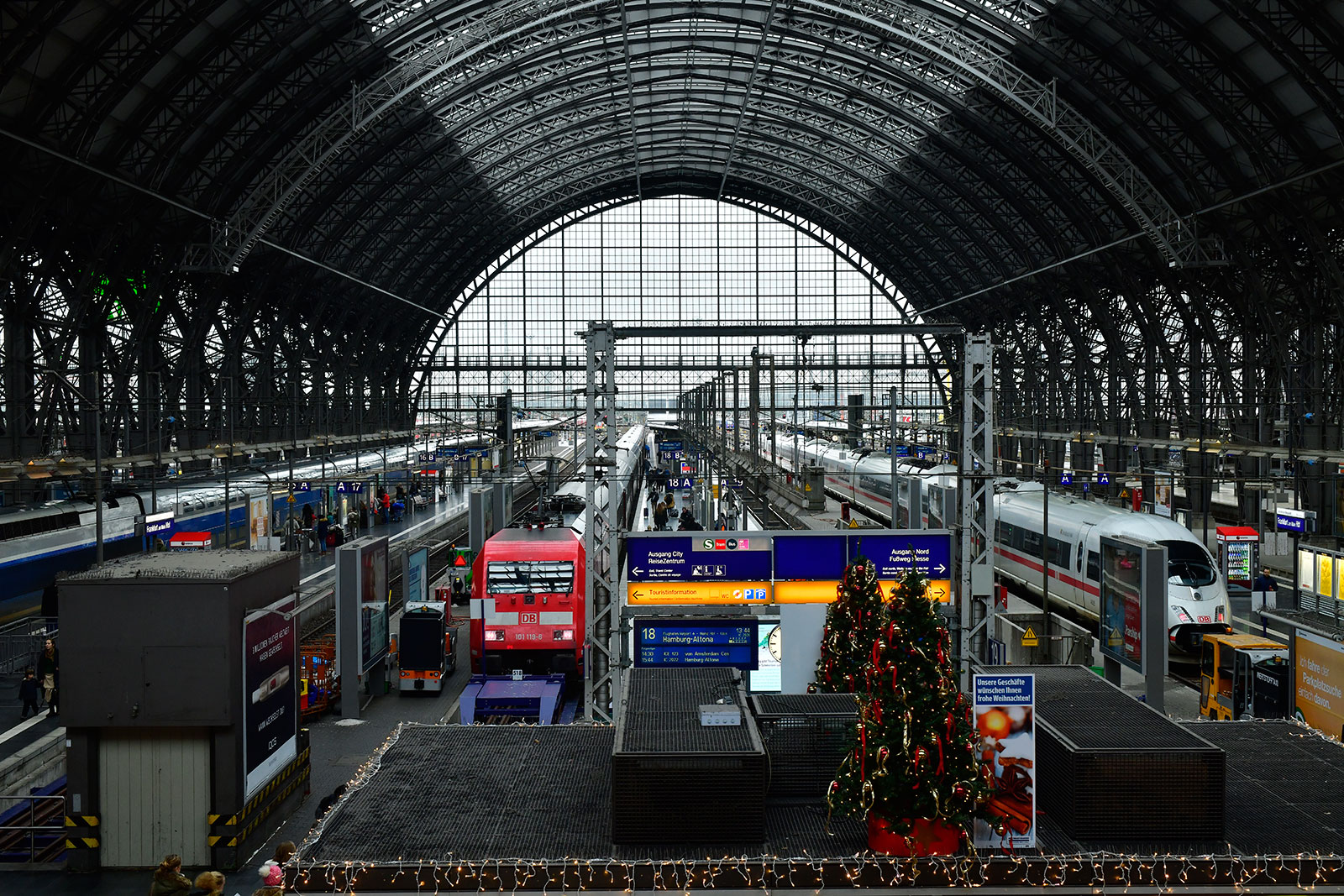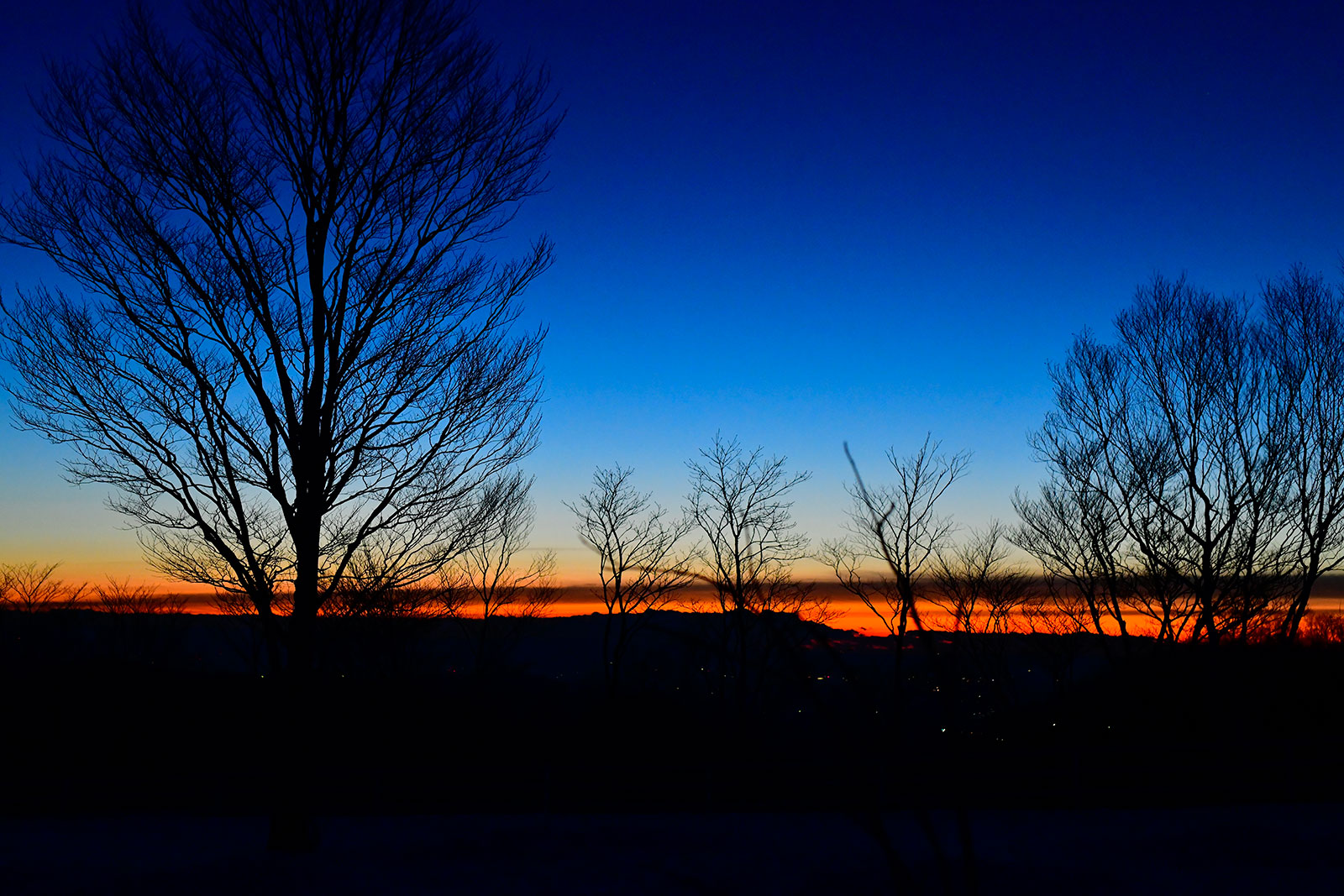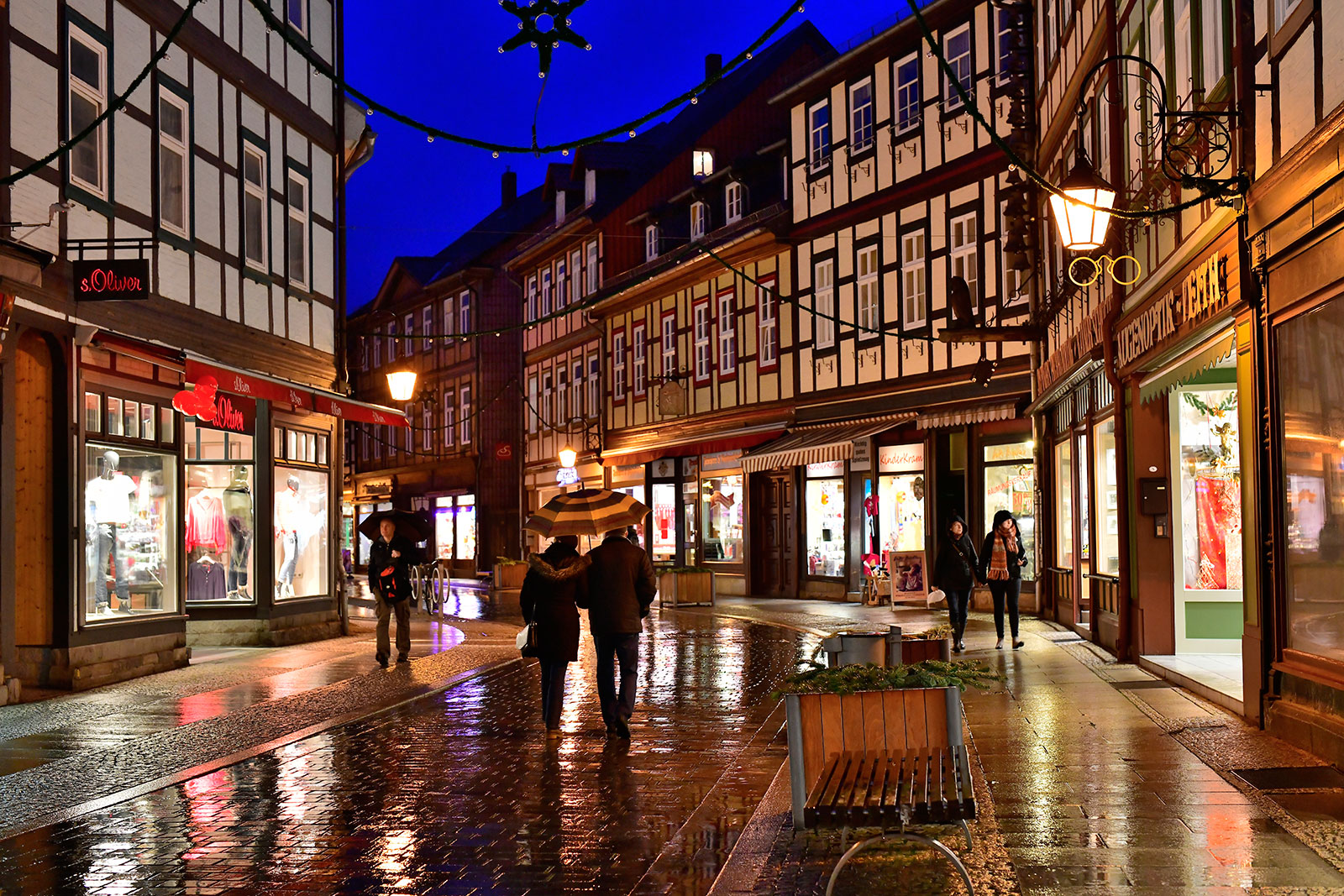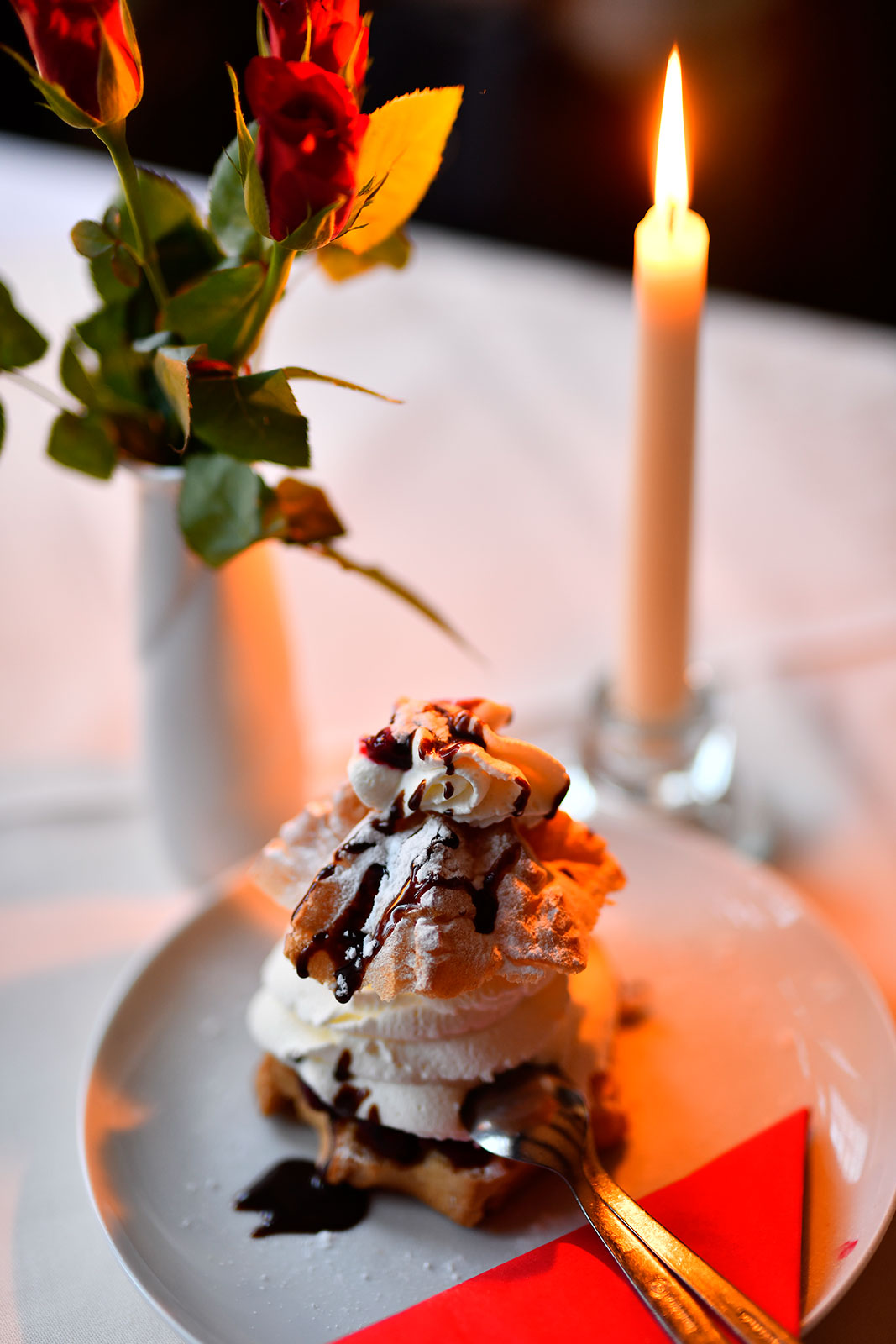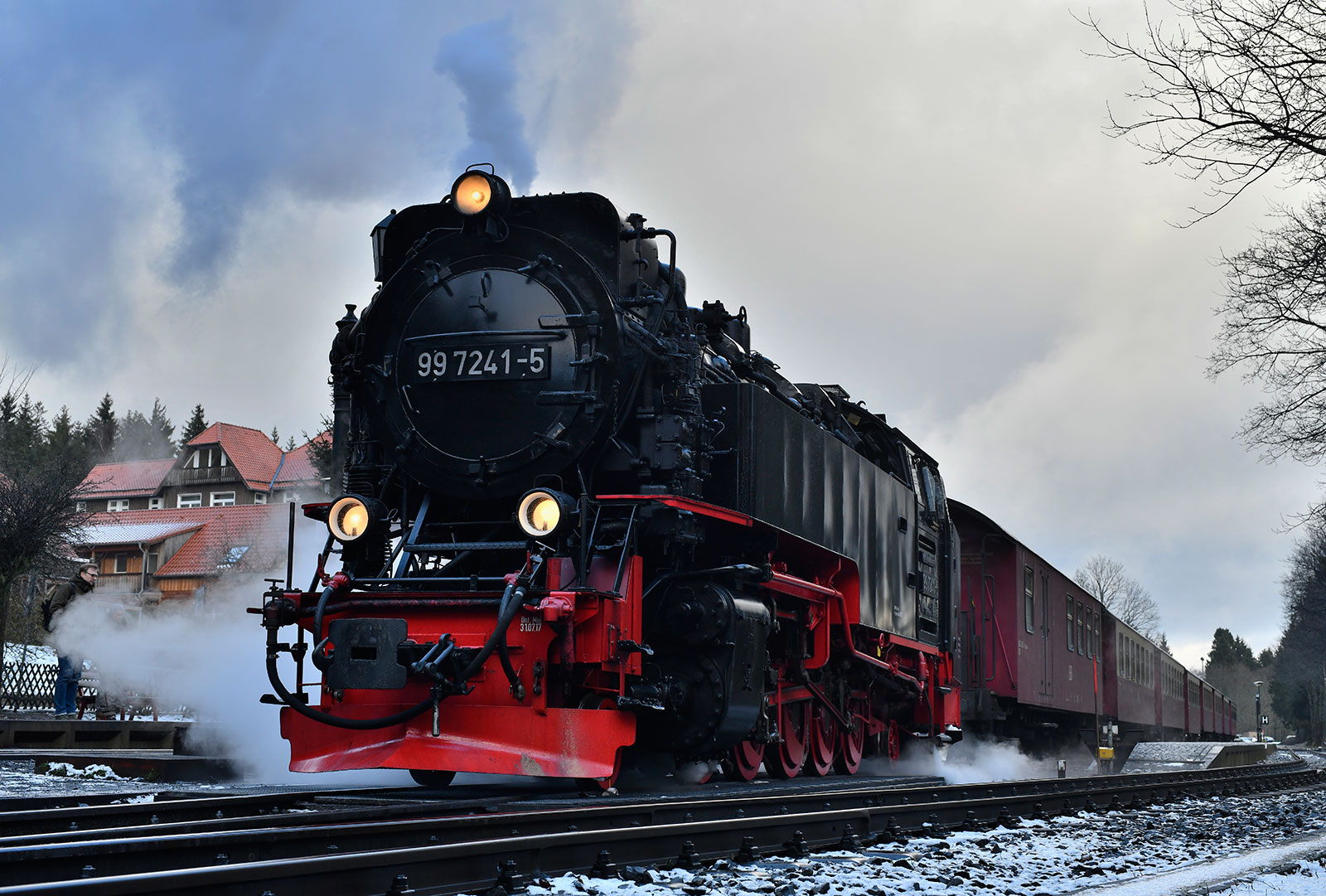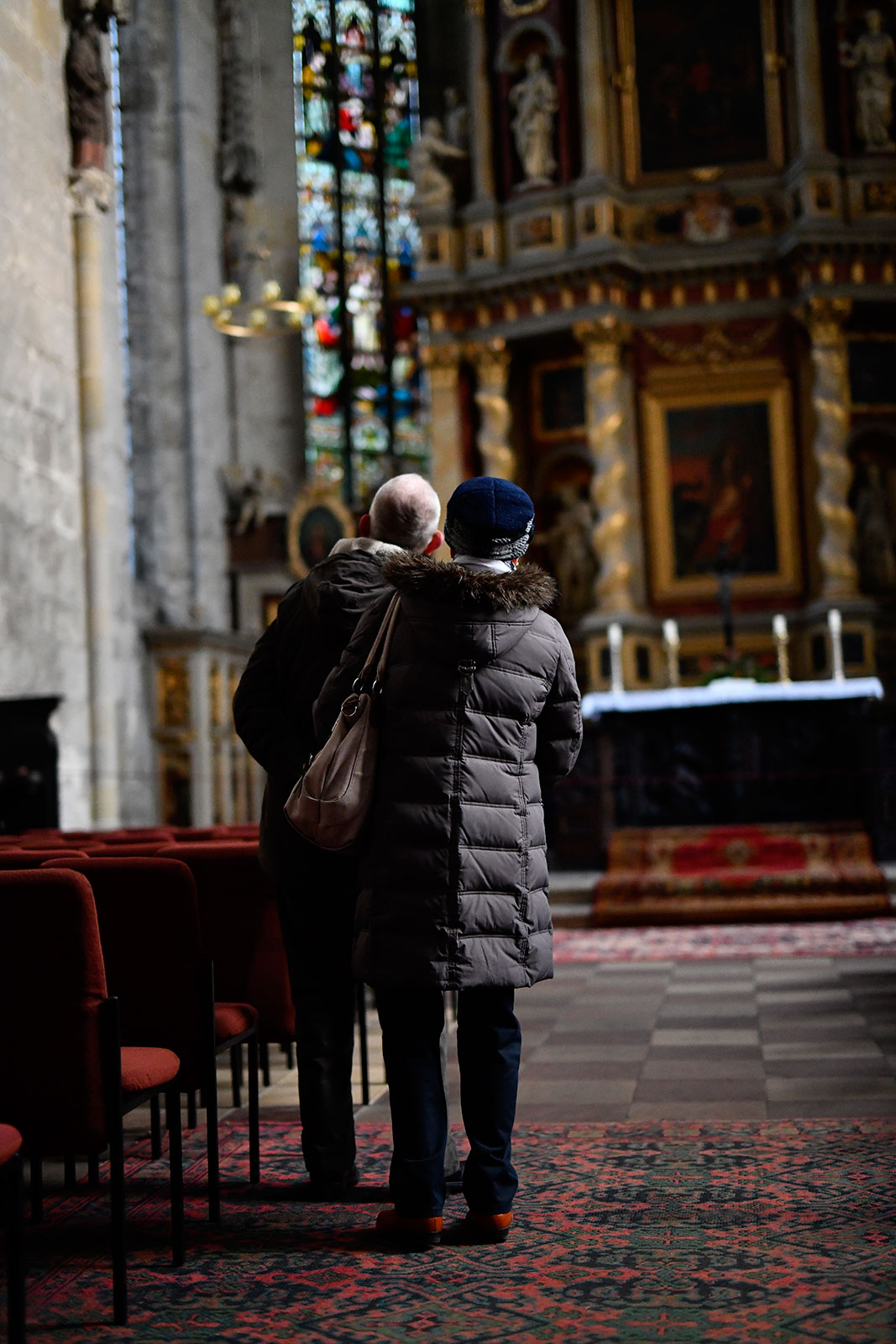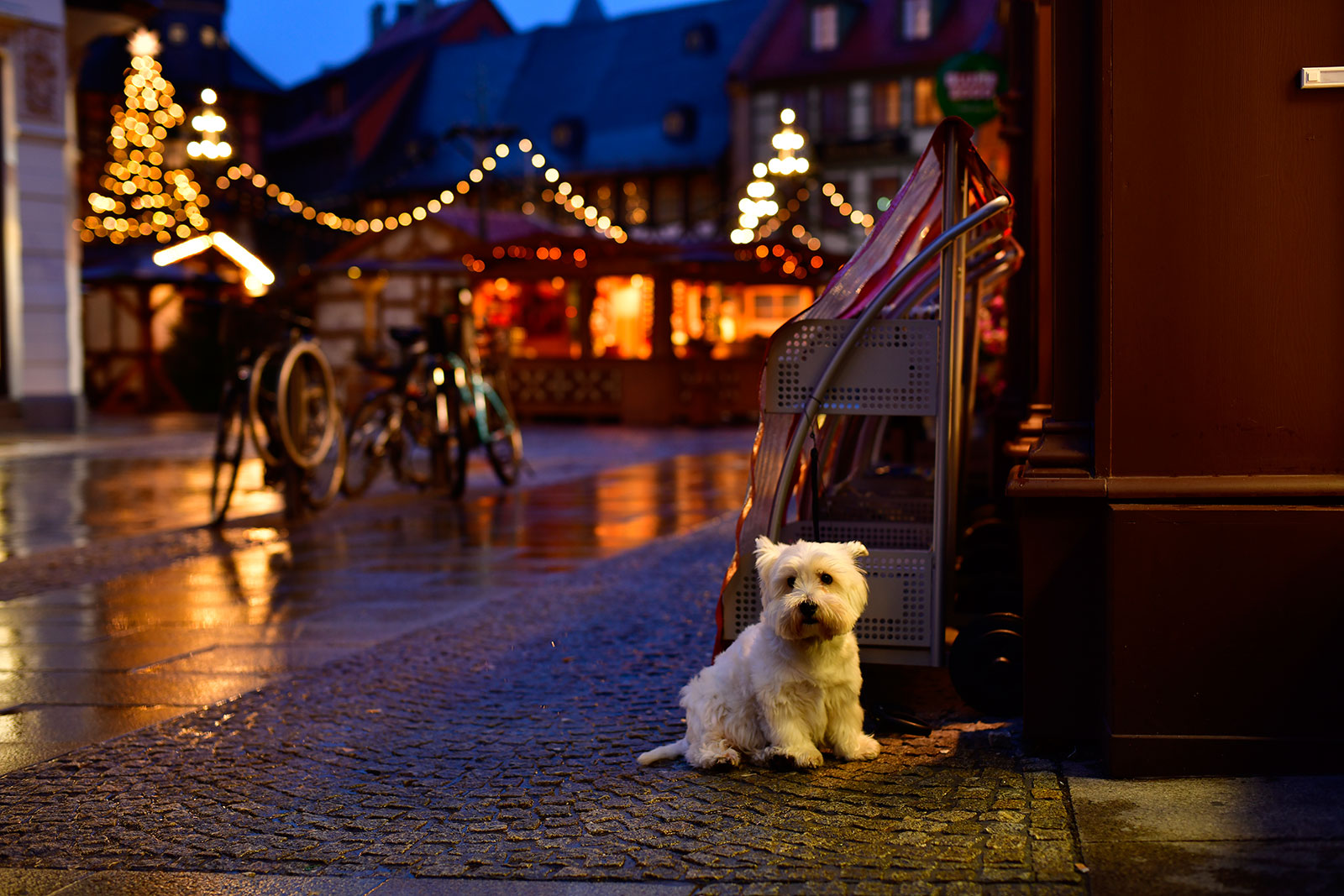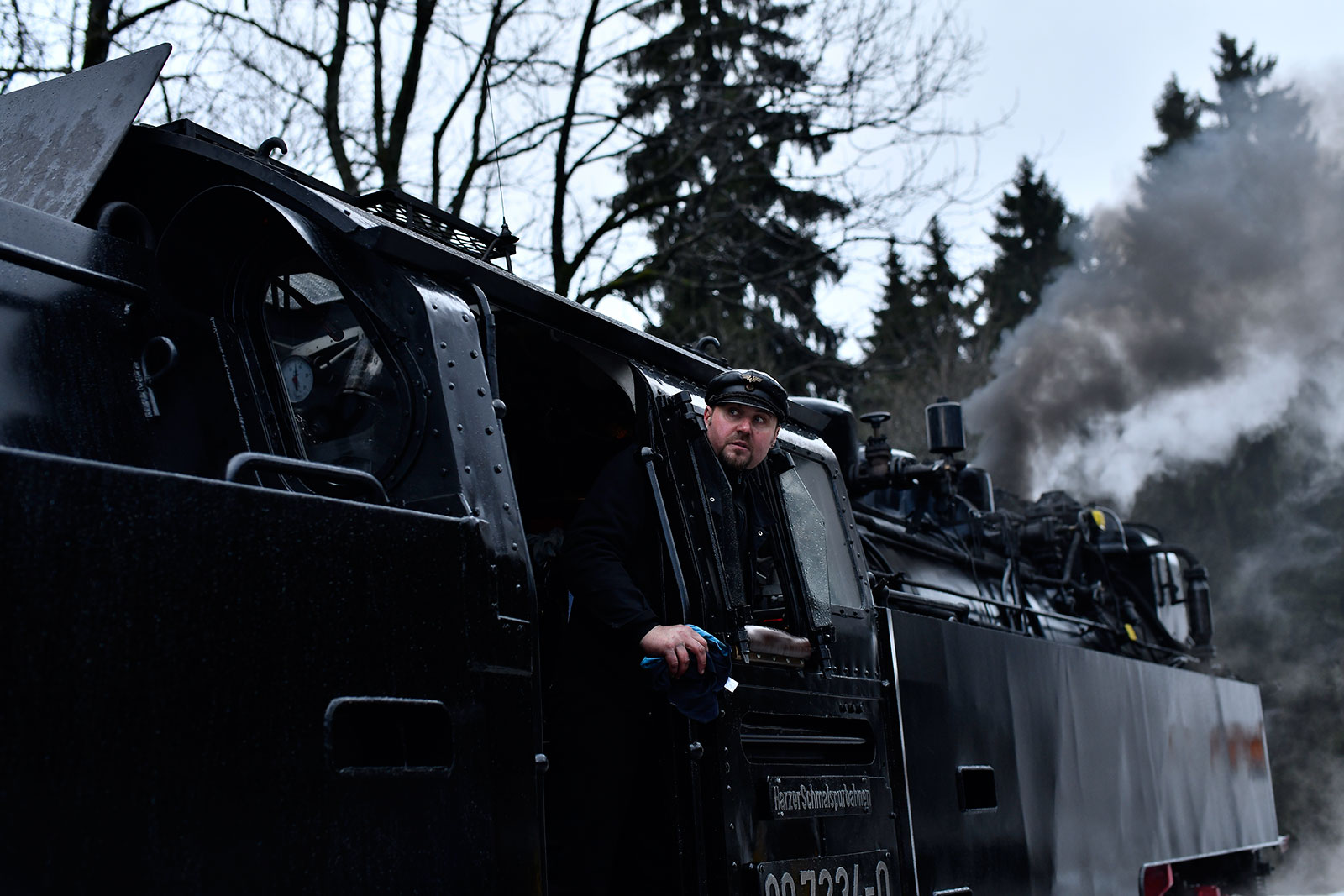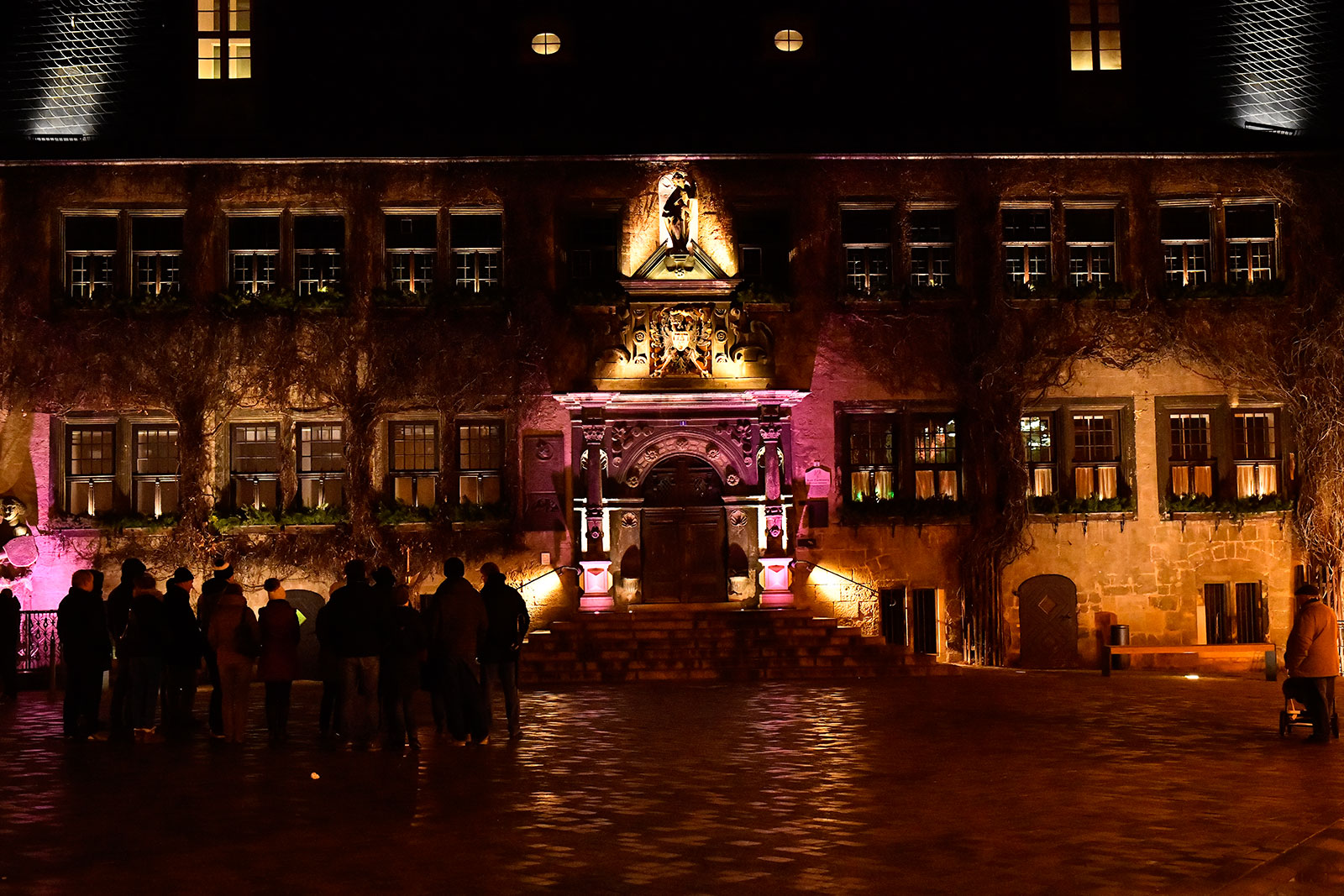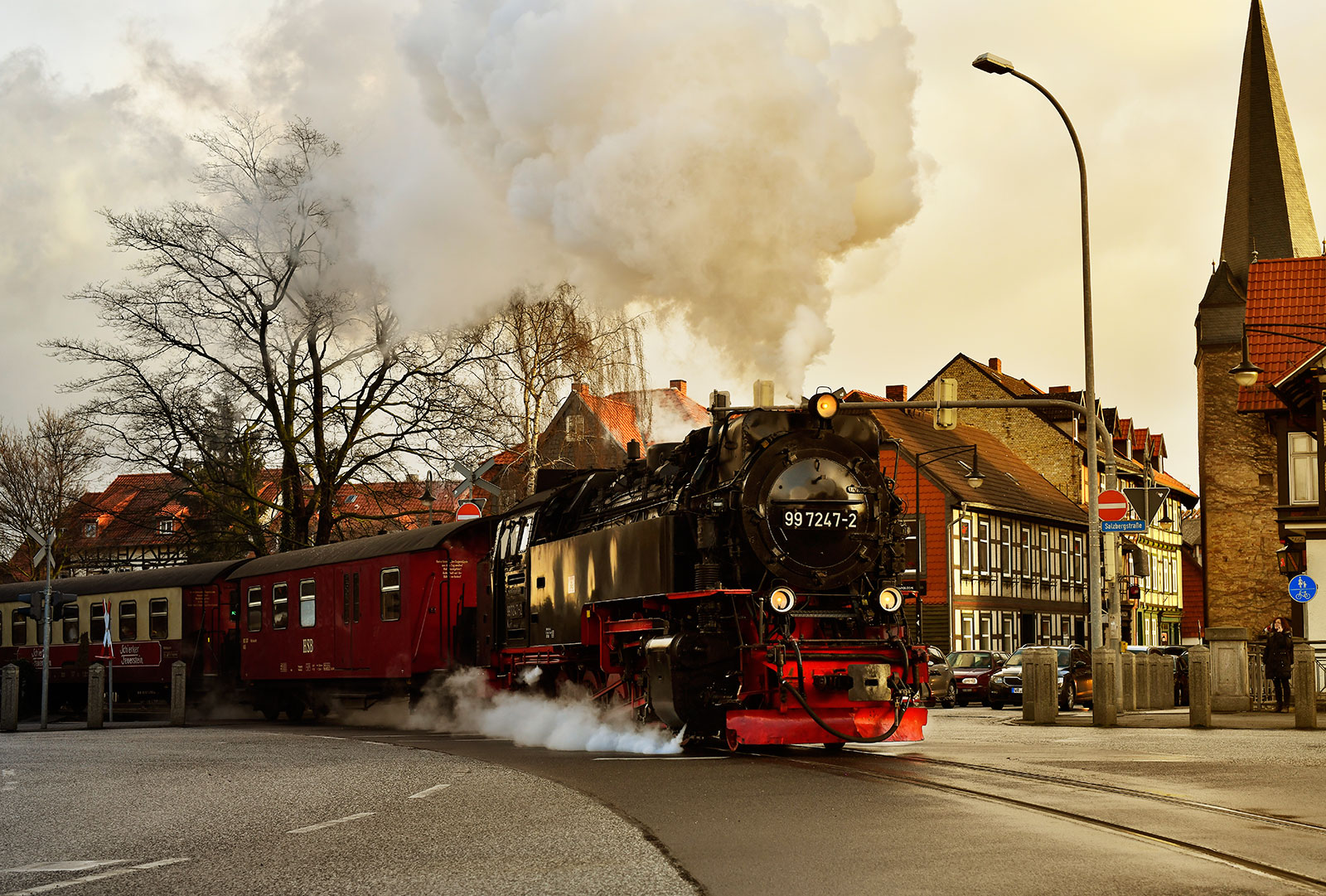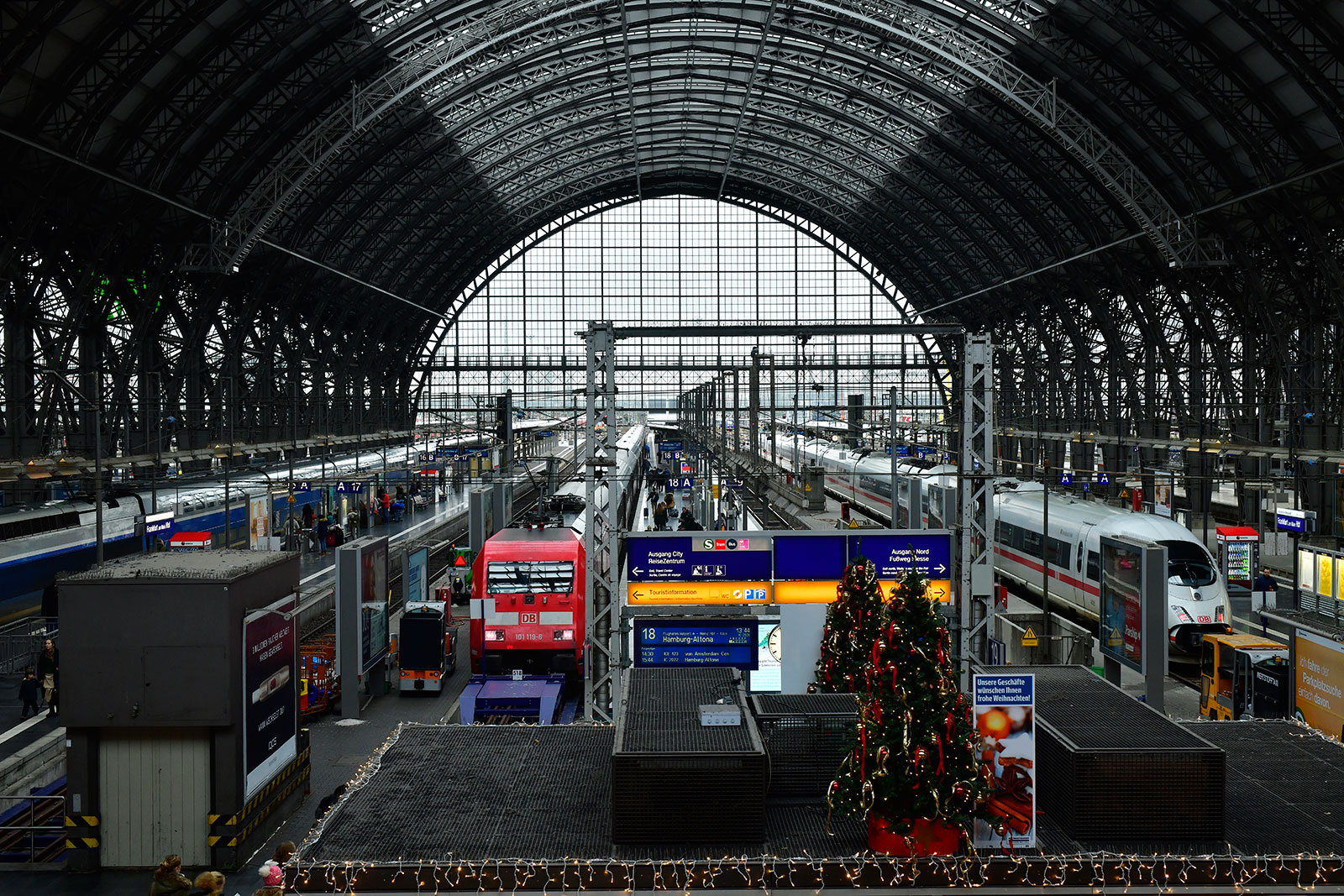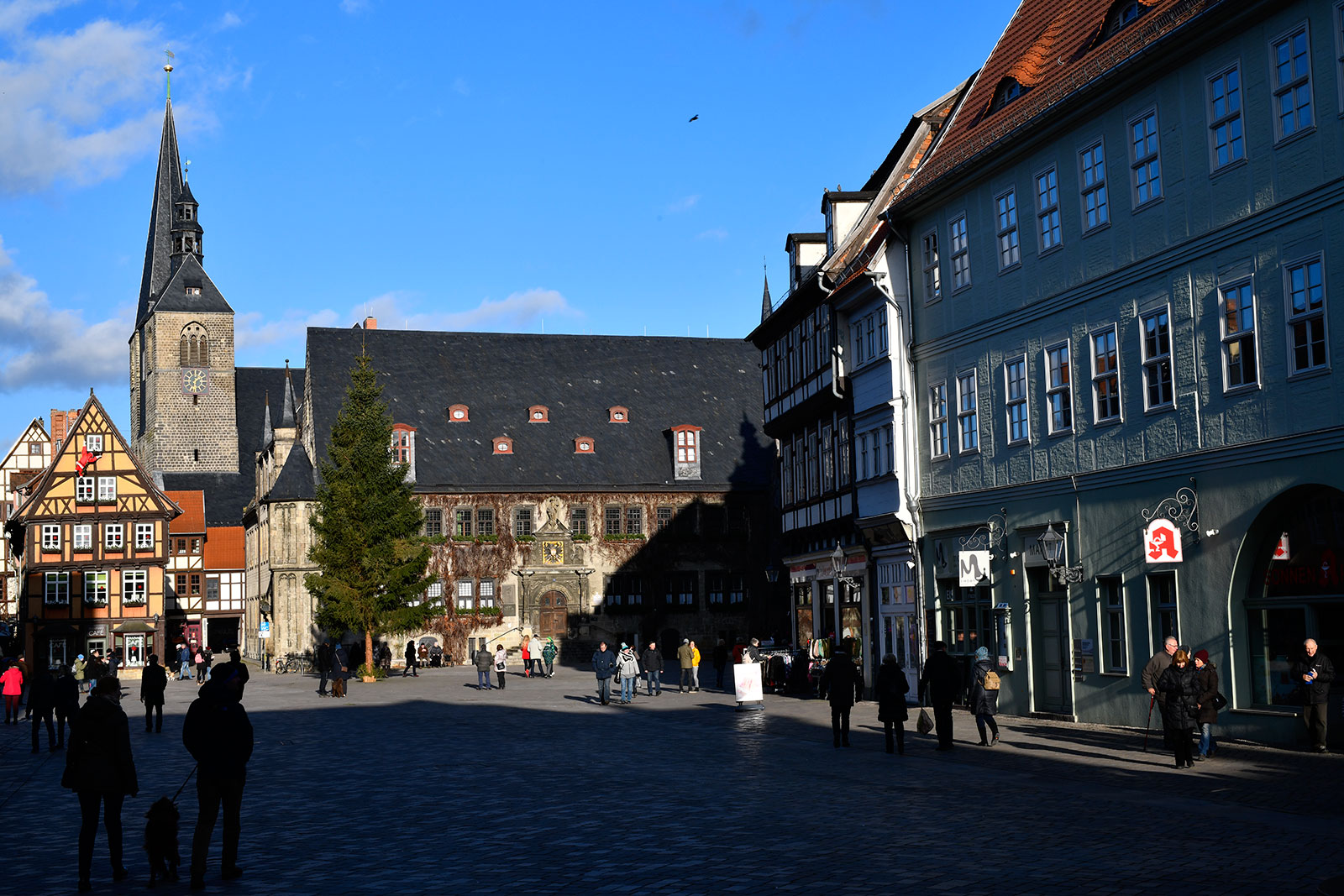opera 50mm F1.4 FF overall review
Translated from Japanese. Refer to original version.
Tokina opera 50mm F1.4 FF
opera 50mm F1.4 FF is the debut lens in Tokina's new "opera" series of premium full-frame lenses for high-end DSLR cameras.
As expected from the flagship series of every manufacturer, great efforts have been put in the development of a 50mm F1.4 format, and this opera 50mm F1.4 FF as well can be said to be an ambitious work realized with plenty of the latest technologies.
Being 50mm a focal length that performs small effect of perspective or compression, this lens might be questioned as whether it is a "high rank" lens or not, but after testing it for a while, I could actually experienced this is unquestionably a "high rank" lens.
The body construction of this lens comes in a refined, sophisticated design, and the focus ring moves smoothly, giving a luxurious tactile sensation. As for dimensions, if we just look at the numbers – 107.5 mm in total length and 950mm in weight – we may think of it as a bulky, large build lens. On the contrary, though, these dimensions provided a very good balance when installed on and tested with my D850 camera. Also, these dimensions give more flexibility to the lens design and can be considered to contribute to its mention worthy extremely low distortion and superior reduction of different optical aberrations.
The resolution results to be outstanding in the center of the image and gives an exceptional feeling of three-dimensionality. The bokeh effect results velvety, with a unique harmony in its density, and has, in my opinion, a unique "flavor" I'm already really fond of.
As my impressions after using this opera 50mm F1.4 FF for a while, aperture responses well and each aperture stop difference is remarkably perceived. May it be at min. aperture or at f/2, each stop difference can be clearly seen on the image so that, even when further narrowing the aperture, a distinct difference between the bokeh in the background and the outer edges can be visually expressed. Moreover, diffraction is bland and the edges are almost not blurred even at f/16.
The overall charm of this lens is the sharpness it can confer to your photos, so that the air, the atmosphere, the sounds and even the scent of the scene seem to be engraved on the final image. It's no exaggeration to say that this opera 50mm F1.4 FF is definitely a choice worth consideration for both professional and non professional photographers when creating their photographic works.
That said, now let's go deeper in discovering this lens through the following pictures.
This photo is the one that best shows the optical performance of opera 50mm F1.4 FF, as resolution in the central and peripheral parts, distortion, color fringe, shadows etc. are in fact clearly understandable.
Resolution and distortion
First of all, let's have a look at this picture as a whole.
Resolution results sharp all over, from the center to the edges. Also, being distortion exceptionally low, it all results in a good three-dimensionality of the image, from the center to all the four corners.
As mentioned above, I had the impression that its extremely low distortion is going to back up the whole charm of this opera 50mm F1.4 FF.
Distortion reduction, which is crucial at this point, became possible by having the lens keeping an appropriate distance between each other and then making the required adjustments. And I also think this was precisely possible thanks to the lens large body size.
Let's check then the lower corner on the left, where two people are captured, likely a mother and her child. It is amazing how the image resolution stays sharp here, without blurring even if enlarged. What's more, distortion can be hardly noticed even at the edges so that, for example, the fence behind the two comes out straight and not distorted.
I was myself surprised when I saw this while zooming on this part for a further check, but it clearly shows how excellent resolution and distortion correction are.
Peripheral resolution
Going on, let's have a look now at the upper corner on the right.
A small electric decoration placed on the roof of a large café in the station, anti-bird spikes, a net made of iron. All these objects are captured and can be seen without blur or undulations; they are on the contrary neatly reproduced, with good sharpness in all corners. Thus, this lens can be righteously called a lens with extremely low optical aberration of any sort.
Color fringe
Next, let's check the center.
When zooming on the grid of the panel when the glass is fitted, you can see there is no color fringe anywhere. This means that the achromatic lens is working effectively.
Shadows
Let's now check the shadowed part on the dome-shaped rebar.
The rebar curving in a dome shape is neatly visible both at the upper left and upper right corners. With this lens shadows are well reproduced in such a scene, but the same cannot be so easily said for all lenses. In fact, there are numerous other lens models with which, under the same shooting conditions, the rendering of shadows and blacks is compromised. On the contrary, with this opera 50mm F1.4 FF, shadows are properly reproduced.
Following on, let's now check resolution in a wider picture.
Tiled roof buildings are commonly seen all around in Europe. The situation in which I took this photo was ideal to check resolution. As a result, you can see how the tile roof comes out with perfect resolution from front to back.
Let's now consider color rendering.
By capturing the color of the sky before dawn, I decided to see how high contrast and color rendering would come out. If you try to capture the color of the sky during these early hours, all you will probably get is a color rendering so poor that the blue comes out almost as grey. In addition, as contrast is closely related to color rendering, the latter will be negatively affected by lenses with low contrast. On the contrary, this opera 50mm F1.4 FF can greatly perform color reproduction with a rich and beautiful color gradation, as you can see from the image above.
Contrast in street snaps
A lens with a good contrast stands out even in snapshots. Light reflections on a wet surface may result too dull with lenses performing low contrast. This opera 50mm F1.4 FF, however, can reproduce all variations of light with high contrast.
Bokeh
opera 50mm F1.4 FF lens performs a bokeh effect with high density texture and unique gradation that can be said to be peculiar of this lens. Also, although already showed in the above pictures, here too the resulting image is outstanding, with its exceptionally low distortion, high contrast and high resolution.
Here, the focus is on the powdered sugar and melting chocolate. The "fluffy" texture of the sugar is so well reproduced that it is almost tangible, as well as for the "viscosity" of the chocolate. This is all possible thanks to the excellent resolution and high contrast of this lens.
Three-dimensionality
Here I would like to describe you what I felt on my skin when shooting this image.
The shooting schedule this time led me to northern Germany, to take some snapshots in the city of Wernigerode, a world heritage site.
The steam locomotive of the Harz Gauge Railroad, too, connecting Wernigerode with the famous Broken Mountains, was shot with opera 50mm F1.4 FF. Among the shots I took, this one very well communicates the "atmosphere of the place": the hiss of the train, the steamy and hot temperature of the place can be almost felt. Also, although I took many snapshots and landscape photos at various places, in each of those the depth and three-dimensionality of the scene are so well depicted you can almost feel you were there. This is possible precisely because of the high optical performance of the lens.
Aperture change responce
opera 50mm F1.4 FF is a lens with which each stop difference in the aperture can be remarkably perceived.
For the following image, after hesitating between f/2 and f/2.2 I ended up in adding 1/3 stop and thus shot at f/2.2.
The succession of images above clearly shows how remarkable the difference for each stop added to the aperture value is.
Particularly, I noticed that this difference comes out when, in taking the second photo, I was worried about the "difference in the picture".
Shooting at f/1.4 or f/2 can make a big difference in what is left in the background. So, for this image I chose to shoot at around f/2 without hesitation. And yet, a difference in the size of the round-shaped bokeh came out even between f/2 and f/2.2.
What I aimed with this picture was to capture the loneliness of the little dog, all alone in the street. First of all, I wanted to focus exactly on the dog's right eye, and then gradually blur out from there. But I also wanted to show a little more of the background around its head than that allowed by an aperture at f/2. So I narrowed it down by 1/3 but, by doing so, the bokeh around the illumination lights on the background would have been smaller than what I had in mind. In other words, I was lost in choosing between a smaller bokeh (with aperture at f/2) or emphasizing the background (aperture at f/2 1/3).
In the end I chose for this second option and shot at f/2 1/3. It was merely a 1/3 difference, and yet, looking at it now, it made the difference. This is precisely because the aperture response of this lens is exceptionally good.
With most of the lenses, a 1/3 stop difference in aperture is barely perceived, while with this opera 50mm F1.4 FF it can make a remarkable difference. As I said, this is precisely because of a great, and better, aperture response.
Then, if you look at the shots taken at f/2.8, f/4, f/5.6 and f/8, you can clearly notice a visible change in the background as the depth of field increases. Moreover, I think it is also clearly visible how, as the aperture is narrowed down, the sharpness increases.
Diffraction
Finally, let's talk about diffraction.
This picture was taken with the aperture narrowed at f/16 (minimum aperture).
I enlarged the image to check every angle and, as a result, diffraction appears to be very slight, almost without blurs.
Conclusion
In this article I showed you some specifically selected photos taken with opera 50mm F1.4 FF, but I can assure you that all the photos taken with this lens confirmed "great sharpness" as its main, undisputed, charm. Feeling of depth and three-dimensionality are also excellently transmitted.
As mentioned above, 50mm is a focal length that performs small effect of perspective or compression, so that it is difficult to reproduce a three-dimensional effect or sense of realism with such lenses. That is to say, it is a difficult focal lens to deal with, that can possibly deprive a lens of any appeal, or question its optical performances. However, by combining high resolution, high contrast and low optical aberrations, opera 50mm F1.4 FF firmly proves its unique charm. We can say it is this charm that lures in choosing this opera 50mm F1.4 FF to take photographic masterpieces.
